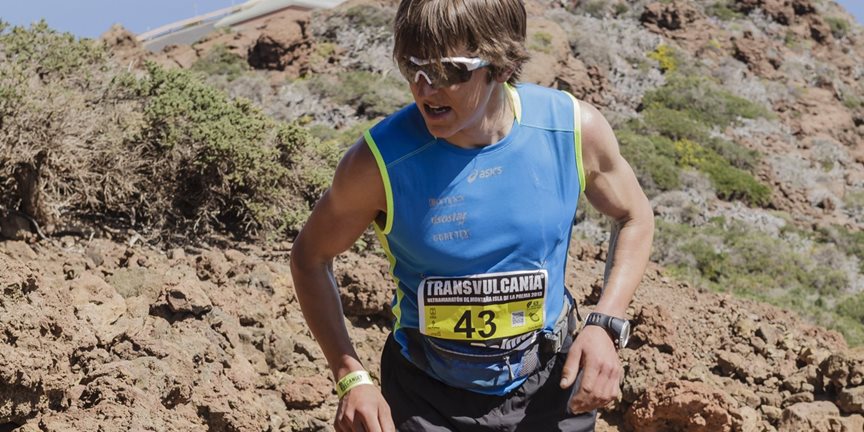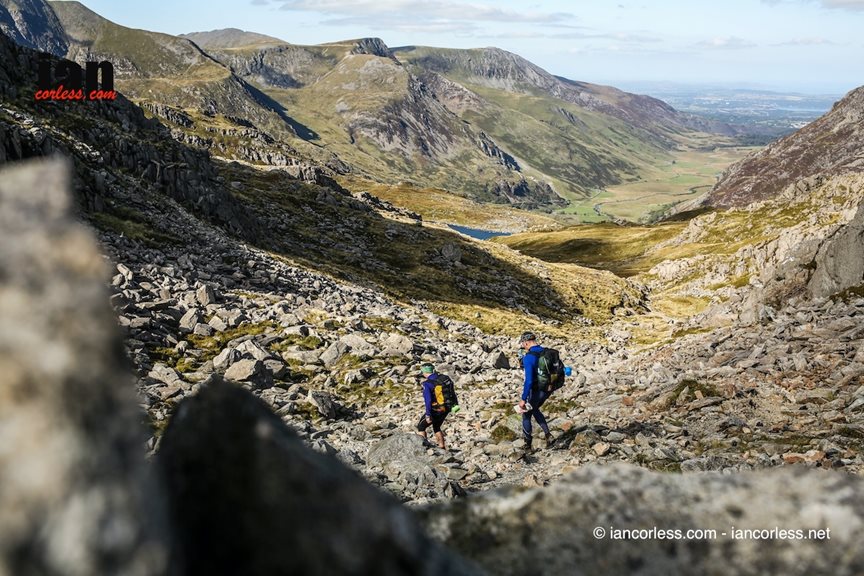Last updated: 17-Jan-19
By Karina Teahan
Hip pain is relatively common in runners but in this article I am going to specifically talk about Femoracetabular Impingement Syndrome or FAIS for short.
Research has grown significantly in this condition in recent years and a collaboration amongst experts in the field (surgeons, researchers, physiotherapists) in 2016 established a consensus on guidelines to define, diagnose and manage patients with FAIS. It was known as the Warwick Agreement (Griffin et al, 2016).
FAIS is a motion related clinical disorder of the hip and to truly have it one must have a triad of symptoms, clinical signs and imaging findings which I will describe later.
Hip Anatomy
To understand FAIS a basic understanding of hip anatomy is useful. The hip is a ball and socket joint. The ball (femoral head) is the rounded top of the femur (thigh bone). The socket (acetabulum) is located in the pelvis and is further deepened by another piece of cartilage called the labrum which offers extra stability but is also somewhat elastic so facilitates movement. Both the femoral head and the acetabulum are lined with cartilage.
There are 3 types of FAIS:
- Cam – A cam impingement occurs when excessive bone growth forms a bump at the edge of the femoral head. It is most common in young men.
- Pincer – A pincer impingement occurs when excessive bone growth develops at the edge of the hip’s socket, creating an overhang, making the socket too deep in places. Pincer is most common in middle aged women.
- Combined – Many people can have both cam & pincer changes.
All of the above cause abnormal and premature contact between the femur and the acetabulum and symptoms develop. The “triad” of symptoms that must be present to formally diagnose FAIS are:
- Motion or position related pain in the hip, groin, back, thigh or abdomen. It can be sharp or achy and if severe may start to wake you at night. In addition patients may describe clicking, catching, locking, giving way and restricted range of motion in the hip. This motion/position related pain can affect a variety of people in the population from the twisting/turning footballer, the high kicking dancer/gymnast/hurdler who needs a supraphysiological range of hip movement to someone who leads a more sedentary lifestyle and spends lots of time in a sitting position (hip flexion) or the runner who has a long commute to work (again sitting).
- Positive imaging findings: x-ray/MRI or CT scan
- Clinical tests: These are used to reproduce the patient’s pain and identify where the pain is coming from. Such tests include FADIRS & FABERS which simply involve bringing the hip joint into the end of range hip flexion (towards the chest), adduction (across the body), abduction (away from the midline) and rotation (turning the hip in and out). These tests are often very sensitive (usually positive when FAIS is present) but often not specific – A positive result is often found even if FAIS is not the correct diagnosis of the patient’s hip pain).
Above are the three absolutes to diagnose FAIS but in reality, we (physiotherapists) will also look at your gait, abnormal movement patterns around your back, hip and pelvis, tenderness in the area, single leg control, range of hip movement and muscle strength.
Exercise itself does not cause cam or pincer changes but if already present they may cause it to become symptomatic. Lots of people will have slightly different hip anatomy and remain symptom free.
Management:
- Education/advice
- Physiotherapy
- Surgery
Physiotherapy will include education, advice on lifestyle & activity modification and guidance on load management of your hip. When we overload any joint, muscle or tendon we become more vulnerable to injury.
Perhaps too many deep loaded squats, excessive hill running or overly zealous cross-training on the rowing machine or road bike. Running by its nature fortunately demands very little flexibility (compared to a gymnast/dancer/hurdler) and at a normal pace we use 10 degrees extension and 65 degrees hip flexion with minimal internal or external rotation.
This will increase with increased speed or going uphill. This is not to say we do not want full range of movement as this will distribute load better but flexibility is not the key issue here.
Tissues around the hip joint will become more sensitive with FAIS and we must respect this. Try to avoid “poking the bear”. If you keep pressing on tissues that are still sore you are sending unhelpful signals to the brain which worsens this pain sensitivity, so stop checking yourself. This will help take the focus away from the pain.
Day to day habits can also be improved to make a difference to your symptoms. Avoid sitting for prolonged periods or with your legs crossed. If your car seat is quite low, a simple wedge can raise your hips slightly to take it out of that provocative position.
We know that clinical tests used to diagnose FAIS are provocative and bring the hip to end of range. Hence it makes sense to avoid these movements in your daily exercise routine, especially in the early stages. Even if certain movements feel tight it doesn’t necessarily mean stretching is required. Try a trigger point ball for tissue release rather than provoking your hip with a glute pigeon stretch or a cross body ITB (Iliotibial Band Syndrome) stretch.
I start my patients with a muscle activation programme and aim to normalise movement patterns around the back/pelvis & hip. Later I will add progressive strength work, endurance, stability, balance and mobility work. Rather than thinking in specific time frames I aim to progress pain free from one level to the next during the rehab program.
Initially:
- Cat/Camel exercise: lumbopelvic dissociation on all fours.
- Shoulder Bridge: strengthens the glutes, hamstrings and is a nice front of hip stretch
- Lateral toe taps: works on balance and hip stability. Standing with knees slightly soft, reach the right leg out to the side and tap your toes x 10 reps, repeat on left.
From here we can progress to:
- World’s greatest Stretch
- Retro lunge with overhead reach
- Marching bringing the knees as high as comfortable, with overhead reach
Start these with the affected hip in hip extension and the non-affected hip being the one you work into flexion.
Progress to:
- Half high kneel presses: tie a Theraband to add resistance. Do this on your affected and non-affected leg
- Step ups: keep a small range thinking about pushing up through your heel rather than just bending forwards
- Marching in slow motion alternate legs
- Plank with knee taps
Plank with Knee Taps
Hip strength can be further progressed by:
- Hip flexion whilst standing with Theraband around feet for resistance
- Dead bug with Theraband around feet
- Shoulder bridge with alternate leg extension
- Goblet squat with lateral toe taps.
- Side plank adduction lifts short lever: put flexed knee on stool or step in a side plank position and lift. 5 reps right & left
- Tree pose with added upper body rotation to left and right.
Start with five reps initially and progress depending on how your hip feels during and 24 hours after your session. Aim for three sessions of strength work per week.
Hip Flexion with Theraband
Goblet with lateral toe taps
Tree pose with upper body rotation
Surgery:
In some cases surgery is needed and this can be either arthroscopic (keyhole) or open surgery, with the aim to improve the hip morphology (shape) and repair damaged tissues.
Prognosis:
In patients who are treated for FAIS, symptoms frequently improve and they can expect to make a full return to sport and activity. Without treatment it will probably worsen. The outcome and rehab post-surgery will depend on the extent of surgical repair required and this can vary from 3-12 months.
The long-term outlook is as yet unknown and more research is needed both in the fields of physiotherapy and surgery. However, it is thought that a cam lesion is associated with hip osteoarthritis.
If you think you have the symptoms discussed in this article it would be well worth your while having it seen to and address the issues sooner rather than later.
Happy Running & Happy New Year.
References:
1. Griffin et al 2016. The Warwick Agreement on Femeroacetabular Impingement Syndrome (FAI syndrome): an international consensus statement. Br J Sports Med:50:1169-1176
All photos courtesy of the author






